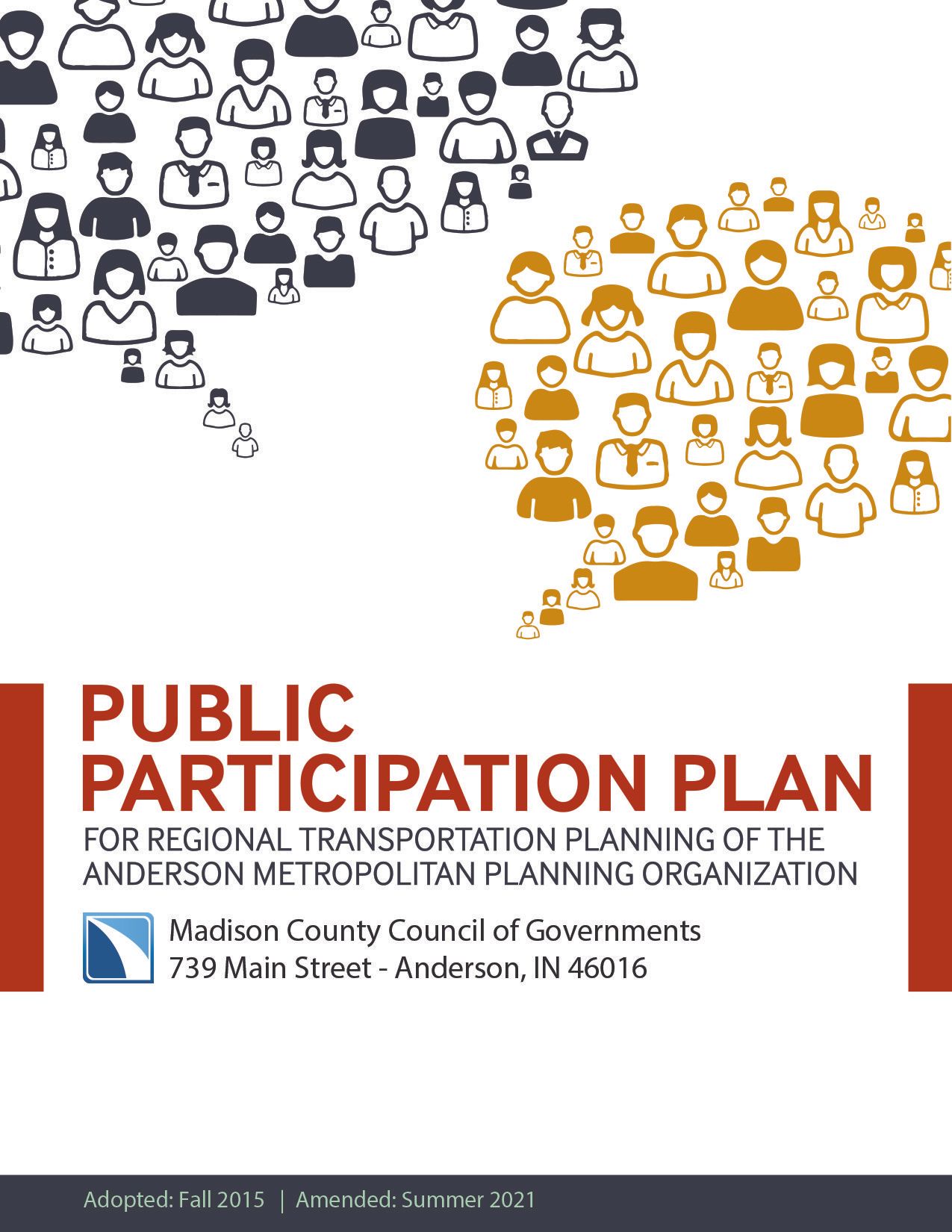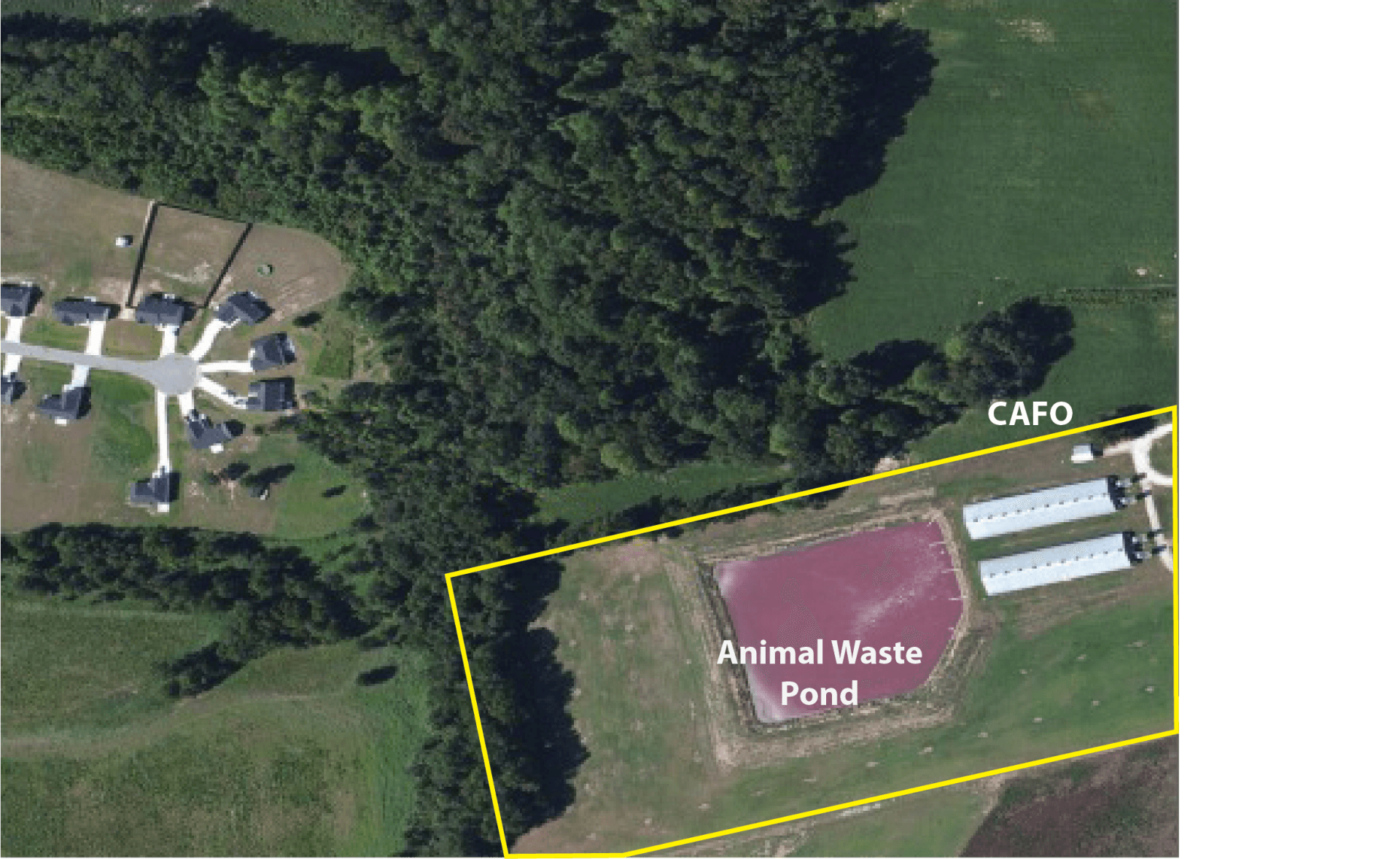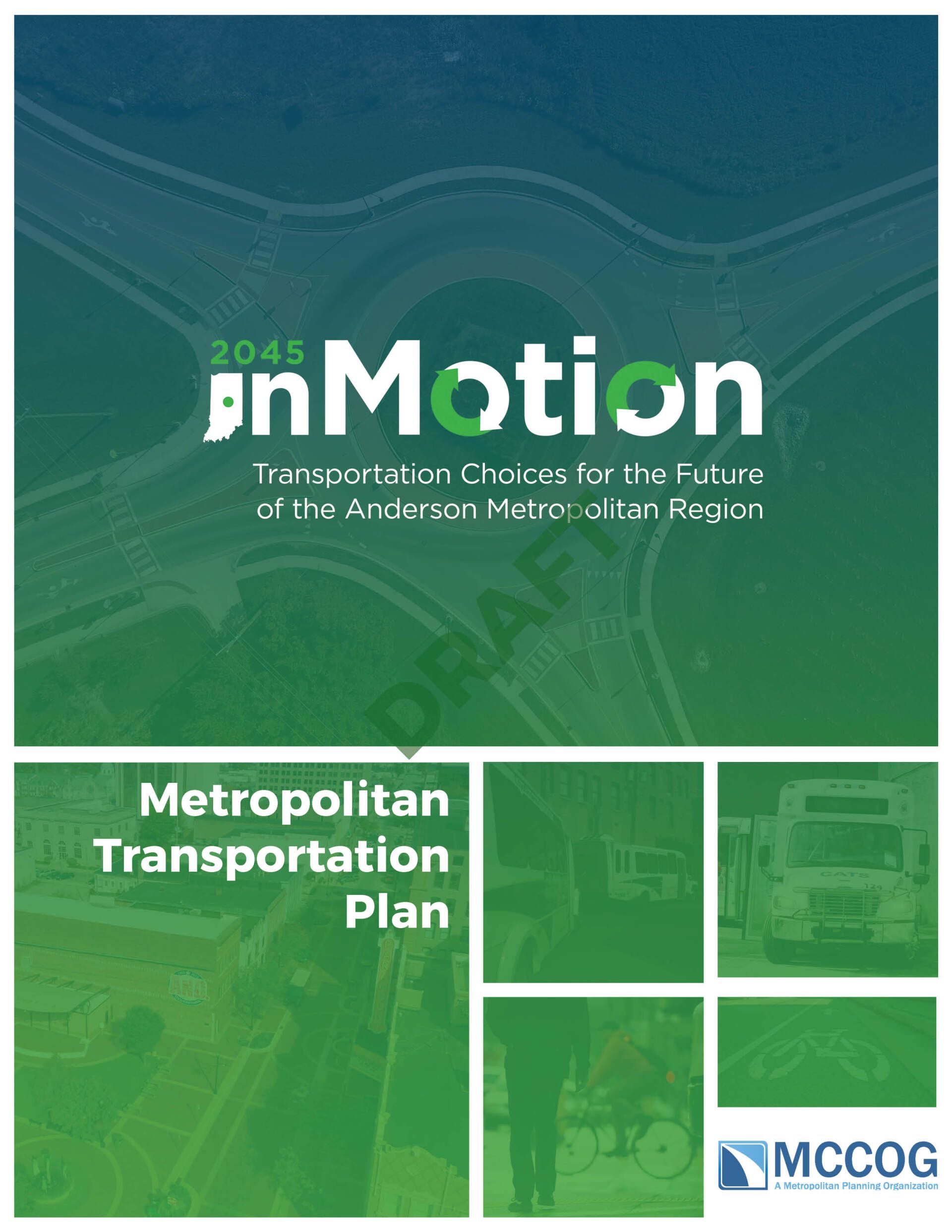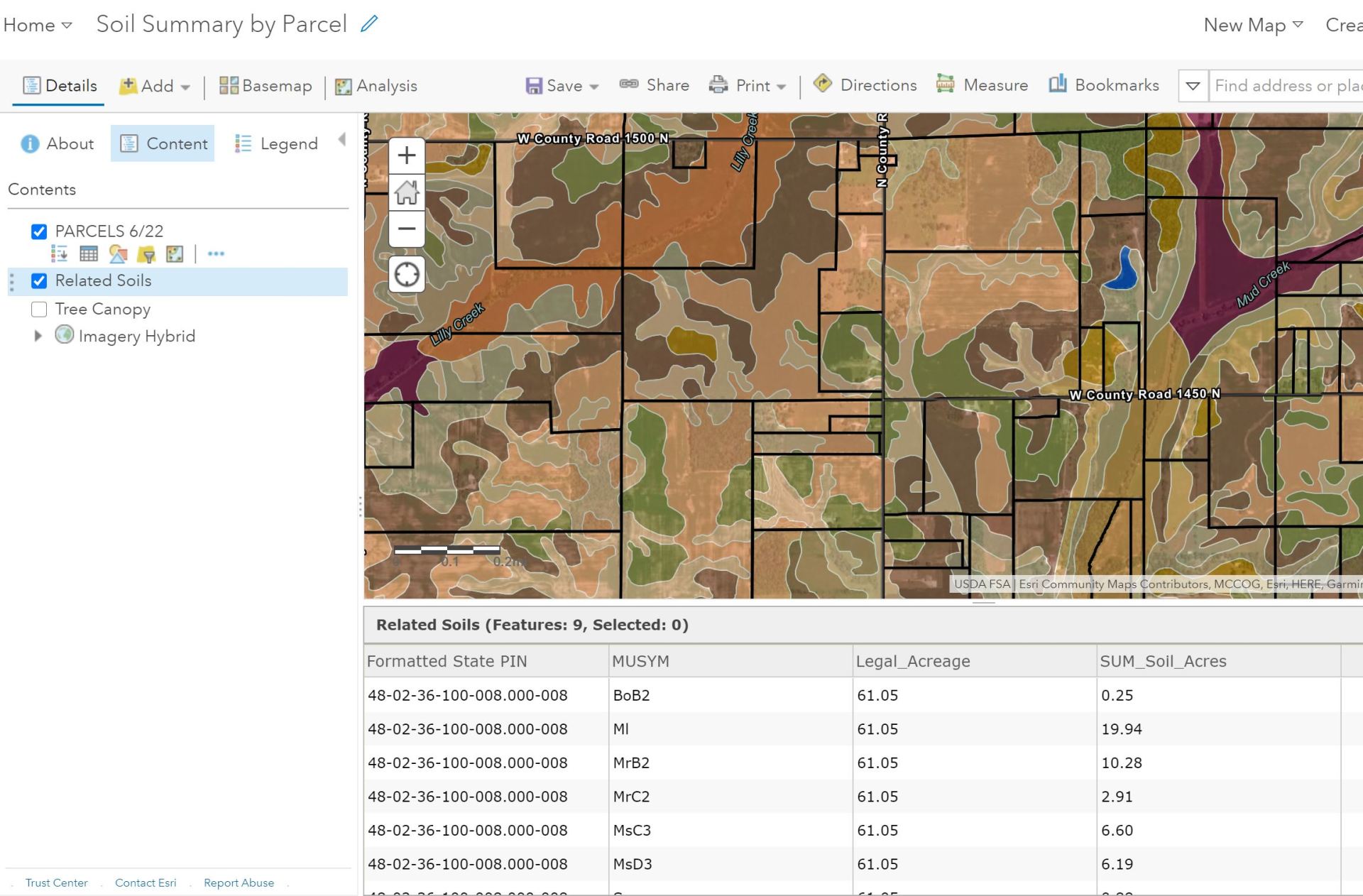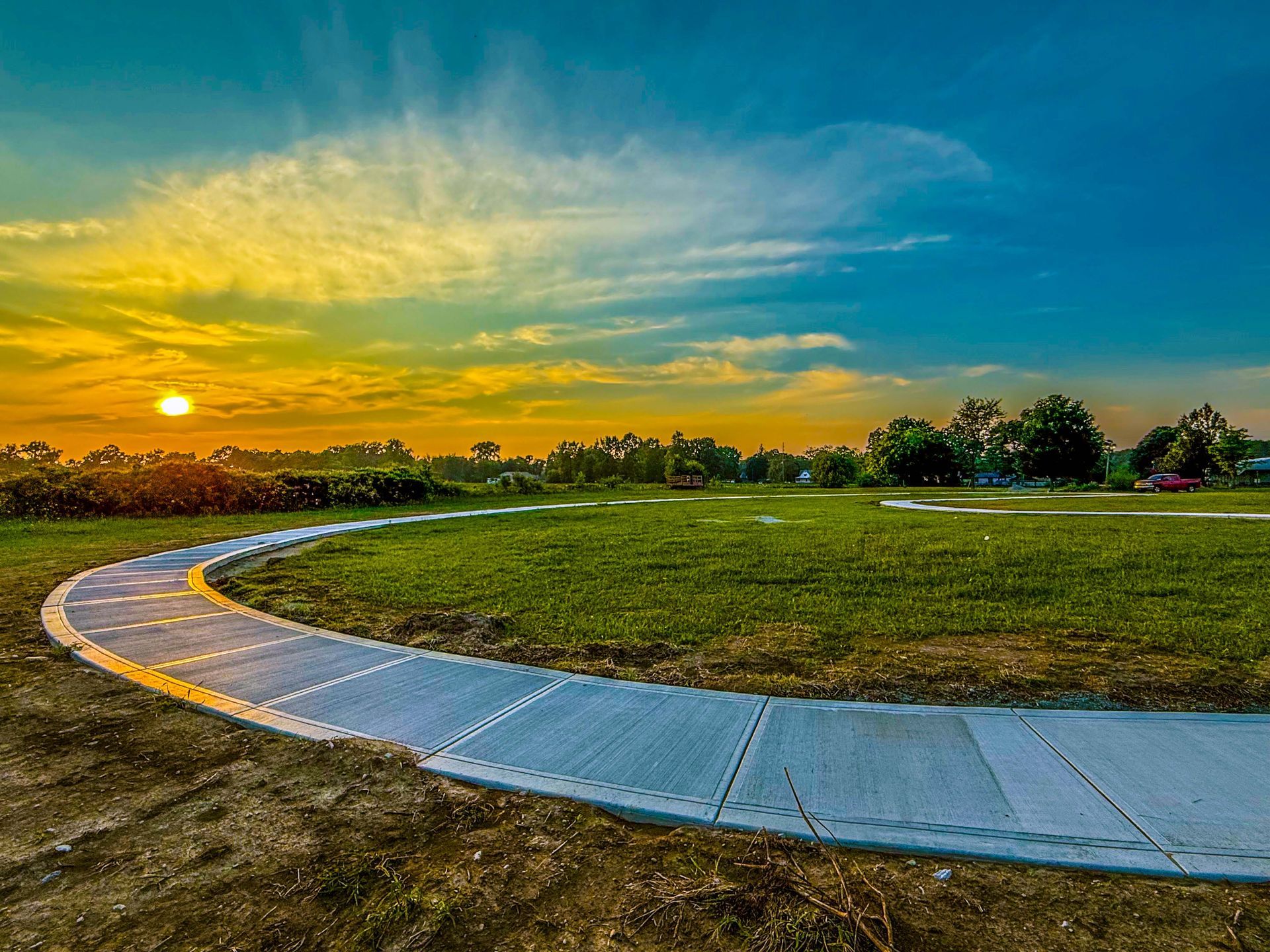Hoosier Travel Counts Survey Launches
Understanding travel trends & system needs
Our regional transportation survey is underway! As travel behaviors change and technologies evolve over the next few years, transportation planners will use the survey data to guide future transportation investments and prioritize improvements for a more efficient transportation system.
At least 5,700 households in the Central Indiana region are expected to participate in the survey between now and November. Households will be randomly invited by U.S. mail to participate in the survey and are strongly encouraged to complete the survey to help Central Indiana plan for a transportation system that meets their needs.
If you’ve received an invitation to participate in the Hoosier Travel Counts Survey, please visit the survey website to learn more and complete the survey. If you haven’t received an invitation yet, please keep an eye on your mailbox!
Direct any questions to
help@hoosiertravelcounts.com.
